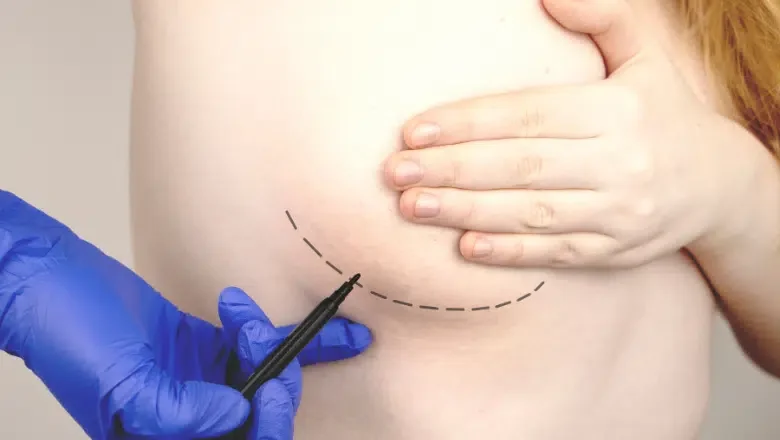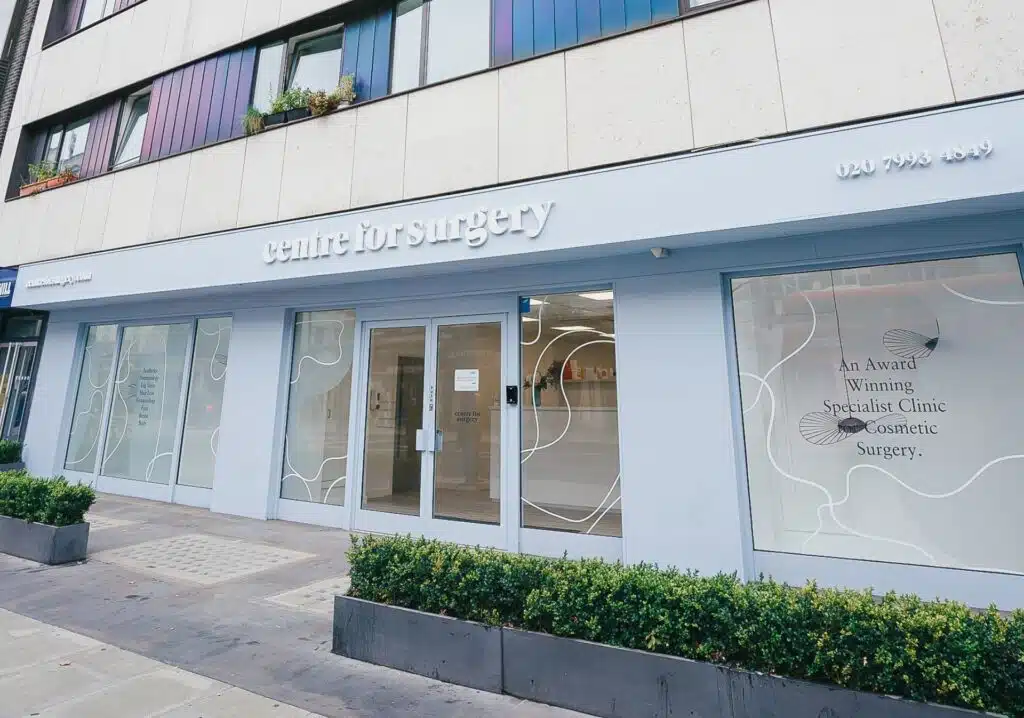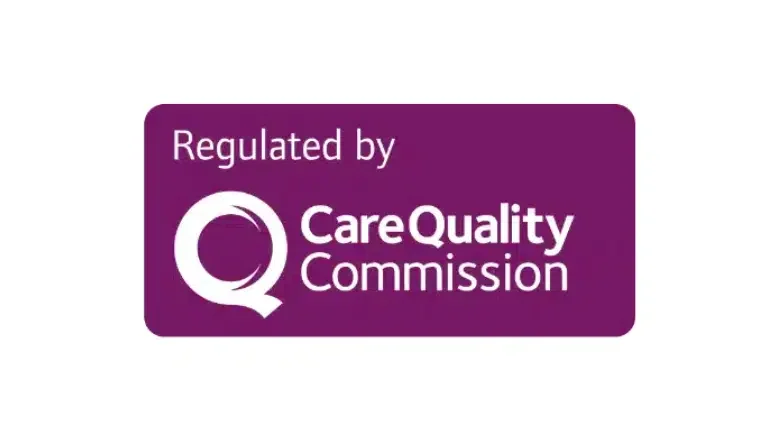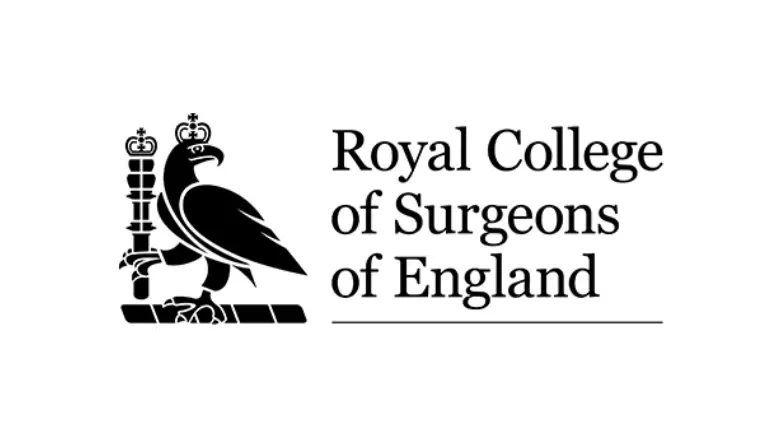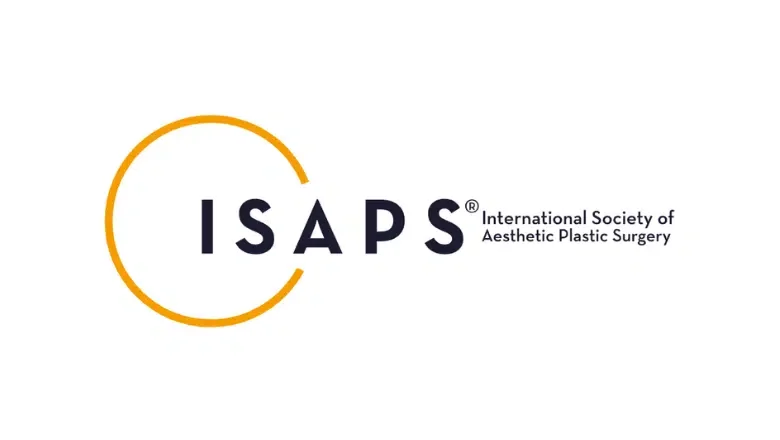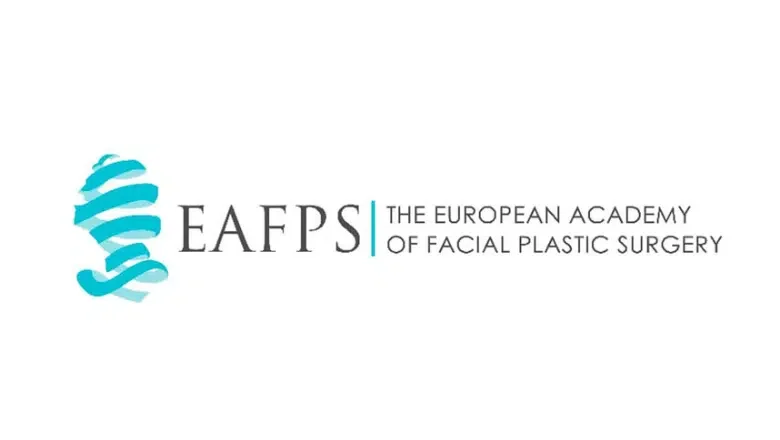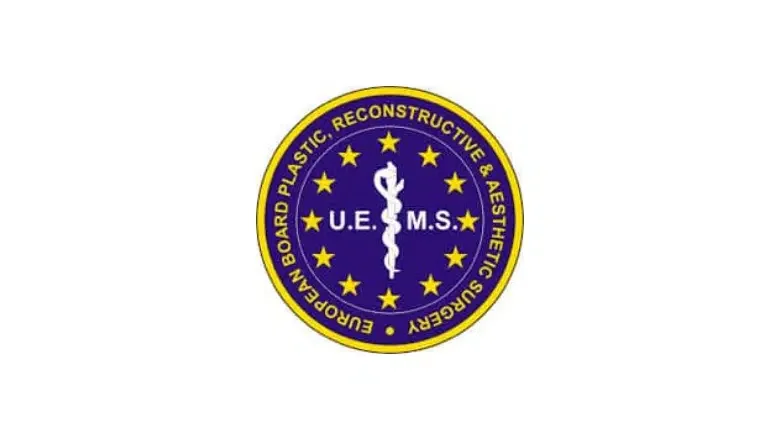Breast augmentation is a surgical procedure with a long-standing reputation for enhancing body contours and improving self-confidence. Many women find that having breast implants can help them achieve a more balanced silhouette or restore fullness after events such as pregnancy or significant weight loss. Whether it is a subtle enhancement or a more substantial transformation, breast augmentation involves the careful placement of implants under or above the chest muscle. One of the most important elements of this procedure is the type of incision used to insert the implants, because the way the surgeon accesses the breast area will determine where any scars appear. Different incision sites may be more suitable depending on an individual’s body, personal preferences, and the surgeon’s assessment. This detailed guide will provide a comprehensive explanation of the four most common incision locations, including their potential benefits and drawbacks, along with insights into how to choose the approach best suited to your aesthetic and lifestyle goals.
RELATED: Different Types Of Breast Augmentation Incisions
Understanding the Importance of Incisions in Breast Augmentation
Before delving into the various types of breast implant incisions, it is helpful to know why incision choice matters so much. The incision serves as a gateway into the breast tissue, allowing the surgeon to create a pocket where the implant will sit. Different incision sites offer varying degrees of surgical visibility, which can either simplify or complicate the procedure. A more direct view of the breast tissues may allow the surgeon to position the implant more accurately, while a more remote incision may be preferable for those who do not want visible scarring on or near the breasts. There is no single perfect incision type for every patient, and it is worth noting that each approach has advantages and limitations. Factors that can influence a surgeon’s recommendation include your anatomy, the type and size of implants you are considering, whether you need a breast lift, and whether you have plans for breastfeeding in the future.
Inframammary Incision
The inframammary incision is made within the crease where the bottom of the breast meets the chest wall. This natural fold offers a discrete area for an incision, and although the scar may be visible when lying down or wearing certain clothing, it often remains hidden when you are upright. One of the key advantages of this technique is that it grants the surgeon direct access to the underlying tissues, which can make the creation of a suitable pocket for the implant more precise. This level of precision can help with symmetrical results and proper implant positioning, both of which are vital for the appearance and longevity of your new breasts.
Another benefit of the inframammary incision is that it usually does not interfere with breastfeeding. Because the incision is placed beneath the breast itself, there is a lower likelihood of disruption to the milk ducts around the nipple and areola. Women who intend to have children in the future often prefer this option because it minimises the chance of difficulties with breastfeeding later. Likewise, many patients who prefer larger implants may be especially well-suited to the inframammary approach, as the direct visibility of the breast tissues can make it simpler to accommodate a greater volume implant.
However, some individuals may find that the scar, even though discreet, is somewhat more apparent than they would like. This is an understandable concern, yet it is essential to remember that scars typically fade over time. Meticulous post-operative care, along with guidance from your surgeon on caring for your incisions, can play a large role in making scars less noticeable as you recover. For many patients, the trade-off of the inframammary incision’s efficient surgical access and low complication rates is well worth accepting a faint scar in the crease.
Periareolar Incision
The periareolar incision is placed around the lower boundary of the areola, where the pigmented skin meets the lighter skin of the breast. This transition area provides an opportunity to conceal any scarring, as the slight variation in skin colour can naturally mask the incision’s location. Many women feel that this approach is an appealing choice because it produces a subtle scar that is often difficult to detect once fully healed.
RELATED: Periareolar Breast Lift
It is important, though, to keep in mind that the periareolar incision can potentially interfere with breastfeeding and nipple sensation. By operating around the nipple and areola, surgeons may need to cut through some of the milk ducts or nerves, which are essential for both lactation and sensitivity. While not every patient experiences a noticeable change in sensation or milk supply, this risk is greater than that associated with incisions located farther from the nipple. Another consideration is the size of the areola itself. If the areola is on the smaller side, there might not be enough space to accommodate the implant comfortably. This limitation can become even more significant if you plan on choosing larger implants.
Despite these cautions, the periareolar incision remains a popular choice for those who are particularly worried about visible scars. Many individuals feel it provides an aesthetic advantage; if the surgeon is highly skilled, any scarring can be minimal. A thorough consultation is the best way to decide whether this route is suitable. Your surgeon can assess your breast measurements, the size of your areolas, and your future plans for children to determine if this technique is likely to yield the outcome you want.
RELATED: Can You Breastfeed with Implants?
Transaxillary Incision
The transaxillary incision is positioned in the armpit area and involves creating a tunnel from the underarm to the breast. Surgeons then form a pocket where the implant will be placed. Women who choose the transaxillary method are often those who want to avoid any scars on or around the actual breast tissue. For some patients, having the incision in the armpit feels less invasive, and many appreciate the fact that the breasts themselves remain free from incisions.
Despite this benefit, there are a few important details to consider. Because the surgeon is working from the armpit rather than from directly under or around the breast, there can be reduced visibility of the breast tissues. This factor may make it more challenging to position implants with a high level of accuracy, which is critical for ensuring a natural and symmetrical look. In some cases, the transaxillary approach can be associated with a longer or more intense recovery period. The armpit area is involved in many day-to-day movements, and inflammation or discomfort here can be noticeable while you heal.
Another consideration is that if revision surgery is ever needed in the future, the same transaxillary incision usually cannot be reused. You may require a different incision type for corrective work or for replacing implants down the road. For women who prefer or require a breast lift (mastopexy) at the same time as their augmentation, the transaxillary incision usually is not the best choice. Because the surgeon needs direct access to the breast tissue for a lift, a cut in the armpit would not allow for that repositioning.
Transumbilical Incision
The transumbilical incision, or TUBA approach, involves placing the incision in the belly button. This choice is sometimes called “scarless” breast augmentation because the incision is concealed in the natural folds of the navel. The idea of emerging from surgery with no marks on or near the breasts may be enticing, and some patients say that it shortens recovery time. Nonetheless, there are numerous significant drawbacks to this method, and because of the challenges and risks associated with it, many reputable surgeons do not offer the TUBA option at all.
One major issue is the limited visibility of the breast tissues, since the surgeon is working from an area far away from the breasts themselves. When the pocket for the implant is created through the transumbilical approach, there is the risk of less precise placement, which could result in an uneven or unsatisfactory appearance. Additionally, if a patient ever needs revision surgery, the original belly button incision usually cannot be reopened for further corrections. A brand-new incision site would be required on or around the breasts, which can negate any benefits of going scarless in the first place.
Many surgeons and patients feel that the transumbilical incision, with all its risks and challenges, is not worth the trade-off. Although the idea of hiding a scar in the belly button is appealing, the possibility of complications with implant placement is a serious drawback. It is wise to seek detailed guidance from a skilled surgeon and to be aware that this method is rarely performed due to the concerns many surgeons have regarding accuracy and safety.
Choosing the Ideal Incision for Your Unique Circumstances
Deciding on the best incision for your breast augmentation is a personalised process that should always involve a thorough consultation with a qualified plastic surgeon. During the consultation, your surgeon will measure your breasts, assess your skin elasticity, and discuss your goals, such as whether you want a subtle or dramatic enhancement. Factors like your breast shape and size, your overall health, and the specific type of implants you desire should all be taken into account.
If you envision having children in the near future, you may want to consider incision types that carry a lower risk of affecting breastfeeding. If avoiding any visible scar on the breast is paramount, a transaxillary approach might be more fitting, yet you should be willing to accept the potential for a more difficult revision if complications arise. If you prefer maximum precision in implant placement and a predictable result, you might lean towards the inframammary incision, where visibility of the underlying tissue is best. For those who would rather camouflage scars near the areola, the periareolar incision might be especially attractive, as it blends with the natural colour transition around the nipple.
When talking with your surgeon, it can be reassuring to see examples of past patient results, either in the form of photographs or in an in-person gallery. This can give you a realistic sense of scarring for each type of incision. Every body heals uniquely, and it is helpful to know in advance how your tissues might react and what you can do to support a smooth recovery. Proper care, such as following post-operative instructions regarding rest, gentle movement, and scar management, will help minimise scarring and support a more pleasing outcome.
Long-Term Considerations and Revision Surgery
It is important to remember that even the best-laid plans can sometimes lead to unexpected outcomes. The body changes over time, so the way implants look several years after surgery may differ from how they appear initially. If you need revision breast surgery, the type of incision you initially received can play a role in how straightforward or complex any follow-up procedures might be. For example, if you had a transaxillary or transumbilical incision the first time around, these may not be feasible entry points for future corrections or implant replacements. In those scenarios, you might ultimately need an inframammary or periareolar incision for your revision, which means new scars in addition to any old ones.
Taking a holistic approach to your decision can reduce the likelihood of revision. Spend time reflecting on your long-term goals for your body, your aesthetic preferences, and any future life plans, such as pregnancy and breastfeeding. The more honest and transparent you can be in your discussions with your surgeon, the easier it will be for them to guide you to the most suitable approach. Many patients find it helpful to meet with their surgeon more than once before scheduling surgery so that they can ask additional questions, fully understand pre- and post-operative care, and feel confident in their decision.
The Recovery Process and Scar Healing
Healing after breast augmentation, regardless of which incision you choose, involves giving your body time and support to recover. Each patient’s experience can vary, but many find they can gradually return to normal activities within a few weeks. Immediately after surgery, you will likely notice some swelling, bruising, or discomfort in the chest area, and if you opted for a transaxillary incision, your armpit region may also feel tender. Pain management typically includes prescribed medication and advice to move gently. Over-the-counter pain relievers might be sufficient after the initial days, though your surgeon will give you a more specific timeframe for resuming exercise, lifting heavy objects, or going back to work.
Incision care is one of the most vital aspects of a smooth recovery. You may be given specific ointments or instructions about how to clean the area and when you can start showering or changing your bandages. Proper scar management can make a difference in how the tissue heals and how noticeable the scar becomes. Many surgeons recommend silicone gels or sheets once the incision has closed to support optimal healing and flatten the scar over time. You may also want to discuss the role that genetics plays in scar formation, since some people are more prone to thicker or raised scars. By working closely with your surgeon and following their advice, you can improve your chances of a smooth recovery and scars that eventually fade to fine lines.
Breast Implant Incisions – What is Best for Me?
Choosing the incision site for breast augmentation is a multi-faceted decision that blends personal preferences with medical recommendations. Each of the four main incision types—inframammary, periareolar, transaxillary, and transumbilical—can deliver satisfactory outcomes, but the procedure’s complexity, risk profile, and potential for scarring will vary based on which option is selected. If you value direct access and want a wide choice of implant sizes, the inframammary approach might suit you best. If subtle scarring around the nipple is your primary concern and you have an appropriately sized areola, then the periareolar method may be ideal. If you feel strongly that you do not want any scarring on your breasts and you do not mind potential challenges in revision scenarios, then the transaxillary approach could be the way to go. In contrast, if you have been tempted by the transumbilical idea, you may want to research further and consult your surgeon on the risks, as many experts prefer to avoid TUBA due to difficulty in achieving accurate results and difficulties with revision surgery.
A thorough, personalised consultation is the best way to determine which incision location will best align with your goals, body composition, and future plans. By weighing the pros and cons of each incision type and discussing them with a knowledgeable professional, you can approach your breast augmentation with confidence, clarity, and peace of mind. Scars are a natural part of the healing journey, but skilled surgical techniques and proper aftercare can reduce their visibility and ensure that your final results reflect your desired look.
About Centre for Surgery
We are a dedicated plastic surgery clinic committed to helping women feel confident about their figures and well-informed about every aspect of their procedures. Our team of experienced surgeons and support staff take pride in guiding you through the entire journey, from the initial consultation and choosing the right implant to recovering comfortably afterwards. With a focus on the highest standards of care, patient safety, and detailed education, we aim to make sure that every individual feels heard and respected. Whether you are exploring the possibilities of breast augmentation for the first time or considering a revision surgery to achieve the results you have always wanted, we are here to provide honest advice, expert surgical skill, and compassion every step of the way.
